

It’s games like this that make Relic one of the best PC developers operating today. When I reviewed the outstanding Warhammer 40,000: Dawn of War II, my chief criticism of the campaign was the excessive repetition of simple “fight from point A to point B, then fight a boss” missions. Chaos Rising, the first stand-alone expansion, addresses that issue and then some, building on the strengths of the first game (including post-release enhancements like the addictive Last Stand survival co-op mode) with crack mission design and a new over-the-top evil faction.
Rooting out a demonic Chaos uprising and unmasking a traitor among your ranks is the goal for your team of elite Space Marines (import your crew from DoWII save files if you’ve got’em). CR’s opening battle sets the tone for the next 14 consistently complex and excellently-paced missions: multiple kill-and-capture objectives climax in a defensive holdout against huge waves of Imperial Guard turncoats and artillery barrages. The second is just as good: a fight through a winding corridor of ice to reach a battle with the new Eldar Wraithguard heavy infrantry, followed by a timed mad dash back to the starting point to rescue a squad member left to guard the remains of a fallen Marine.
Nearly all of the campaign missions are this exciting. Most missions are set on the bleak-but-gorgeous ice planet Aurelia, where glaciers crumble around you and white snow contrasts the blood from gory kills. Two missions take you inside an ancient abandoned spacecraft infested with Tyranids, where support abilities that drop from orbit are disabled, making you shuffle your equipment to compensate. Mix in a few skirmishes from the three previously visited locations - jungle, urban and desert - and CR has scenic variety to spare.
Doing battle with the Chaos Space Marines is, at first, very much like fighting Space Marines… until they unleash the Bloodletters: tough-to-slay, flame-sword-swinging split-tongued devils, and Bloodcrushers, the demonic cavalry. As a faction, Chaos puts up a great fight that’s distinct from the style of the Orks, Eldar or Tyranids we fought before.
On the home team there’s a new one-man squad: Jonah Orion, an ass-kicking Librarian with incredibly powerful spells - my favorite, the Warp Vortex, can grind several squads of infantry into meat, making him especially useful in defense missions. He’s ideal for co-op mode, where a friend takes over two of your squads so that you can focus on micromanaging his AoE (area of effect) and healing powers. My one gripe about Orion is that, like Davian Thule the Dreadnaught, his inventory items are mostly mutually exclusive with other squads, leading to significant inventory clutter as you rake in loot on the trip from level 18 to 30.
Character progression is muddled a little by the new Corruption system, which adds some interesting choices (do you want to trade your goodie-two-shoes healing ability for some increasingly wicked offensive powers?) but doesn’t explain any consequences of corruption beyond the kind of vague warning you get about masturbating too much. Another issue is that the game so often conflates “corrupt” actions with failure, such as letting too many allies die or friendly buildings be destroyed, that I often felt like I was earning incompetence points. It’s also easy to remain pure via redeeming mission goals - you really have to want to be corrupt - which ends up downplaying the very clever and otherwise well-executed importance of corruption at the end of the campaign.
But if it takes a second playthrough to get the most out of it, so be it - I’m thinking about my super-chaotic round two already.
PC Gamer scores games on a percentage scale, which is rounded to the closest whole number to determine the GamesRadar score.
PCG Final Verdict: 91%
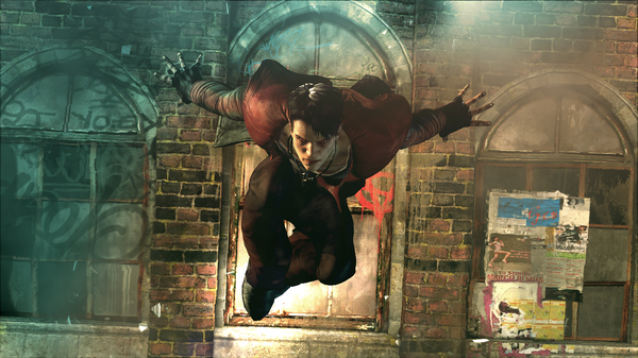

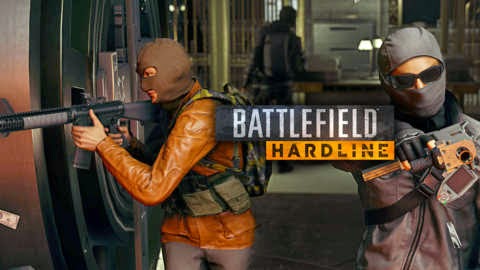
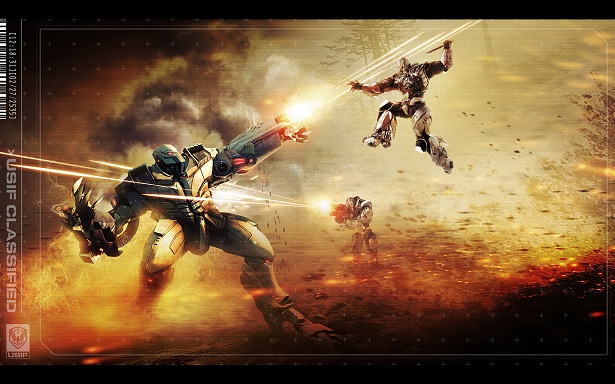
 Watch Dogs Unlocking ctOS Towers Walkthrough
Watch Dogs Unlocking ctOS Towers Walkthrough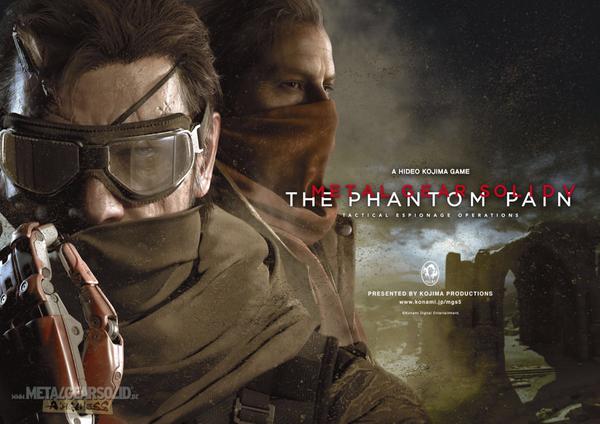 Metal Gear Solid V: The Phantom Pain - Achievements and Trophies List
Metal Gear Solid V: The Phantom Pain - Achievements and Trophies List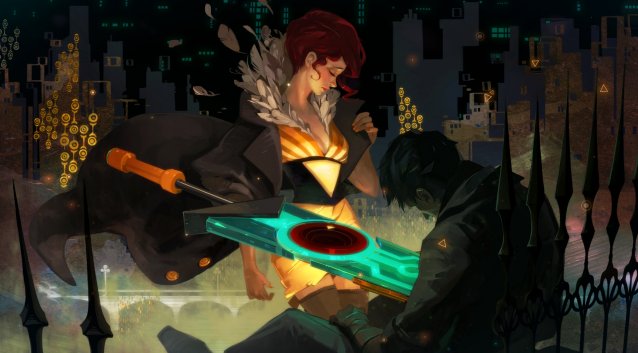 Transistor Preview: Stunning, Haunting, and Atmospheric
Transistor Preview: Stunning, Haunting, and Atmospheric Top 25 Best Japanese RPGs of All Time
Top 25 Best Japanese RPGs of All Time Top 5 Legend of Zelda Games: #4
Top 5 Legend of Zelda Games: #4